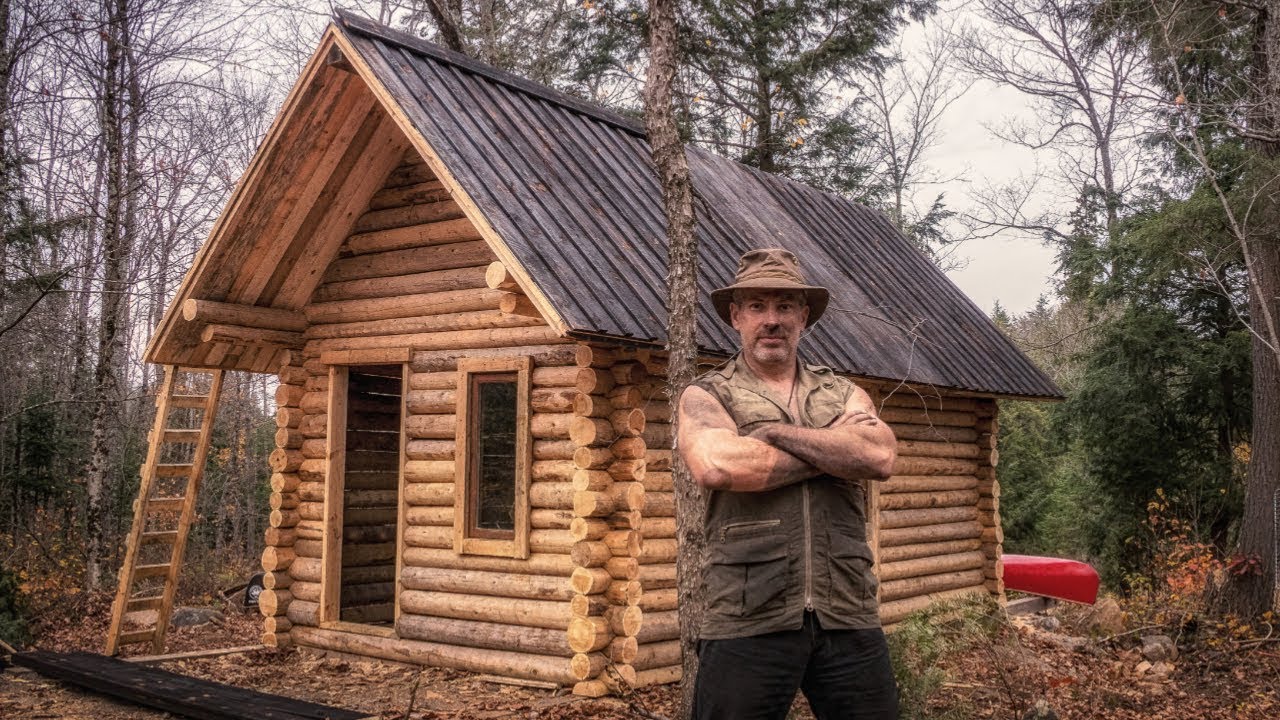

A Hudson’s Bay axe, known by many other names such as a forest axe, is shorter and lighter, usually with a 2-pound head and a 22-28-inch handle. The second most useful axe is a Hudson’s Bay axe or a hatchet. That being said, if I could only own one axe, this would be it. While it excels at harvesting trees, it is cumbersome for limbing (removing branches), finer wood processing and wood splitting. Felling axes generally have a 28 to 36-inch handle and a sharp, relatively thin 2 ½-pound head that bites deeply into green wood. The first is a felling axe for cutting down trees. I have many, but there are three that I find particularly useful. You will find great pleasure in using them. You will find that while one general-purpose axe is handy, two or more specialty axes are a dream in form and function. A chainsaw can cut a tree down more efficiently but it cannot effectively match the ability of an axe to split wood, process fish and game or carve smaller wood pieces for example.ĭue to its usefulness, buy the best axe you can find and treat it well. Axes are one of the few tools that have not been displaced by modern technology. With a good axe a person can build a shelter, harvest ice and water from a frozen lake, chop firewood, kill an animal for food or protection and, perhaps most importantly, craft any number of other useful tools out of wood, from mallets to animal traps to windmills. × The interior of the cabin was handcrafted without power tools by the author and was completed summer 2018. An axe is quite possibly the single most useful tool ever invented by man.

There were some obvious ones needed to get started, an axe for example. When I set out to build a log cabin alone and without gas or electricity, I was not sure exactly what tools I would need for each and every step. Bigger, stronger, faster, single-purposed and, of course, more expensive and demanding of your time and attention. You will be endlessly tempted to buy more tools.Many of the tools are multi-functional (another survival principle), such as an axe which can address all four principles.Once you own the tools considered essential to provide these necessities of life, you will find two things The list of time-tested tools is endless so how do you prioritize which ones to acquire first? Budget, intended use, availability, environment, space, lifestyle, culture and other factors will impact your decisions, but start by addressing the four basic principles of survival – shelter, water, fire and food.
#BUILDING A LOG CABIN WITH HAND TOOLS HOW TO#
Those tried and true hand tools of the past may be a lifesaver, or in the least, will make you more self-reliant than one who knows only how to push a button or yank a pull cord. It is perfectly fine to use a chainsaw to build a log cabin in the remote wilderness, the ultimate bug-out camp in my opinion, but when that chainsaw fails or gas and oil are unavailable, knowing how to use an axe, handsaw and other primitive tools means the difference between slowly freezing to death in a cold winter snowstorm or sitting inside around a hot fire with a loved one, whittling another spoon or sharpening a tool to pass the time. I am not suggesting that we abandon modern technology immediately without cause or reason, but I am suggesting that we prepare for the limitations of modernity in favor of simplicity and dependability. Basically, there are natural limits to virtually all forms of power technologies and I do not want their failure to leave me helpless.

In the case of renewable energy, the sun doesn’t always shine, the wind doesn’t consistently blow and batteries and generators fail. Fossil fuels have a limited shelf life, are costly, and will be more expensive and limited in supply in the event of a catastrophe. In the event of a SHTF situation, one measure of my self reliance is how long can I persist without the need to restock supplies, including tools and equipment and the fuel, spare parts, batteries and power generators required to operate them.


 0 kommentar(er)
0 kommentar(er)
